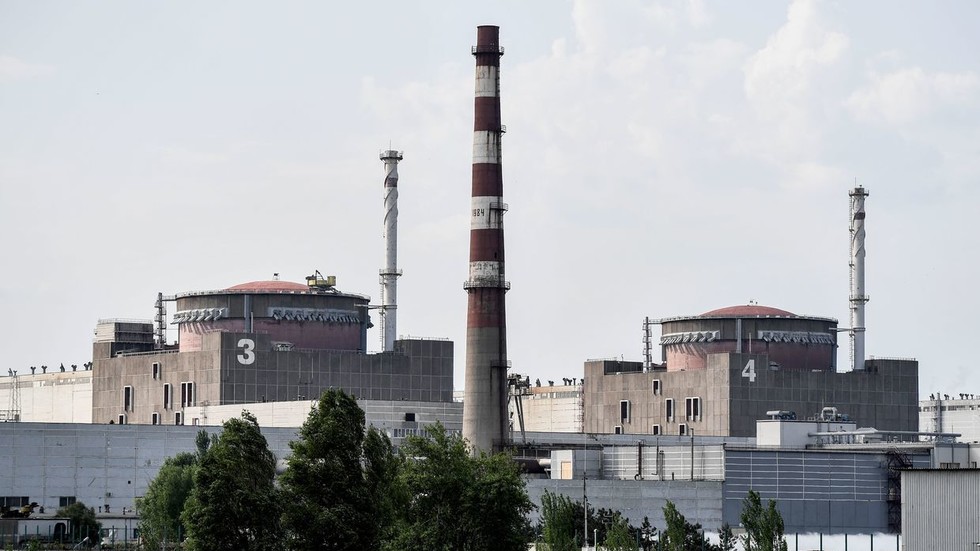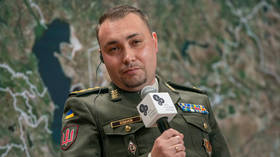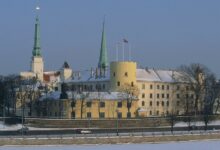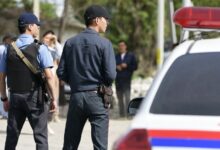
Kiev’s top military spy Kirill Budanov confirms launch of three botched assaults to retake Europe’s largest nuclear power plant

FILE PHOTO: The Zaporozhye nuclear power plant in Energodar © Sputnik / Konstantin Mikhalchevsky
The acknowledgement by Ukraine’s military intelligence chief Kirill Budanov, that three amphibious commando raids had been launched against the city that hosts Zaporozhye Nuclear Power Plant, must not go unnoticed by the UN or by citizens of NATO states, Russia’s foreign ministry has said.
In an interview with Ukrainian media last week, Budanov and some subordinates described how the country’s military intelligence agency GUR had conducted commando raids on the city of Energodar and that each of these had failed.
The confession should bring people in NATO states “out of their hypnotic trance” in which they were “led to believe [by their governments] that Russia creates nuclear threats,” ministry spokeswoman Maria Zakharova stated on Monday.
Zakharova also called for a reaction from the UN, which she said “has been claiming for all these months” that they couldn’t determine the direction from which the nuclear facility was being threatened.

Read more
None of Kiev’s three commando operations managed to establish a Ukrainian foothold in Energodar but officials claimed the expeditions gave them valuable experience and contributed to a larger goal of preventing Russia from using the plant to provide electricity to the region. The Zaporozhye station is in a state of partial shutdown, with a single reactor providing power for its own consumption.
The site was the focus of a protracted diplomatic spat between Moscow and Kiev last year. Ukraine claimed that Russia kept heavy weapons at the plant and was attacking Ukrainian forces from it. Moscow denied the accusation and said Kiev’s forces regularly targeted the facility with shelling and drone strikes.
The mutual accusations turned down a notch after UN watchdog the International Atomic Energy Agency (IAEA) deployed a permanent on-site monitoring mission in September 2022. The organization repeatedly declined to assess who was responsible for sporadic incidents involving the facility.
IAEA Director General Rafael Grossi attempted to mediate a Russian-Ukrainian deal to declare the vicinity of the Zaporozhye plant off-limits for hostilities, but did not succeed.
READ MORE: Russia announces timeline for relaunch of Europe’s largest nuclear plant
In July, Ukrainian President Vladimir Zelensky claimed that Russia had rigged the site with explosives and could blow it up at any moment, possibly in a false-flag operation. Kiev described the purported plot as part of Moscow’s alleged “nuclear blackmail” of Ukraine and its Western backers.
Russia dismissed the allegations. IAEA monitors reported that territory outside the perimeter of the plant was mined but otherwise could not confirm Zelensky’s claims. The Ukrainian leader cited reports by his intelligence services.




